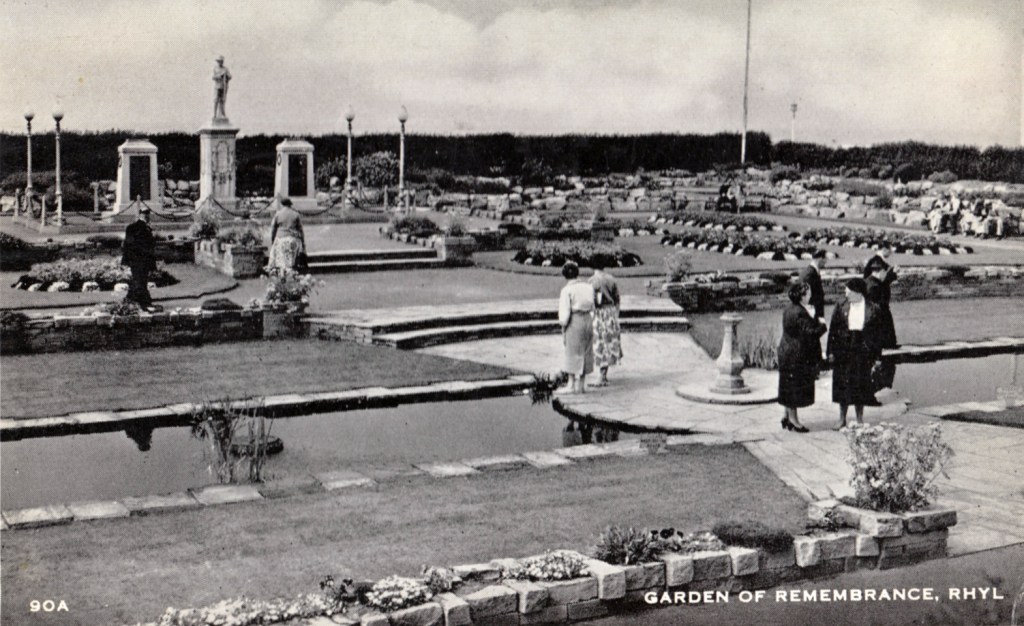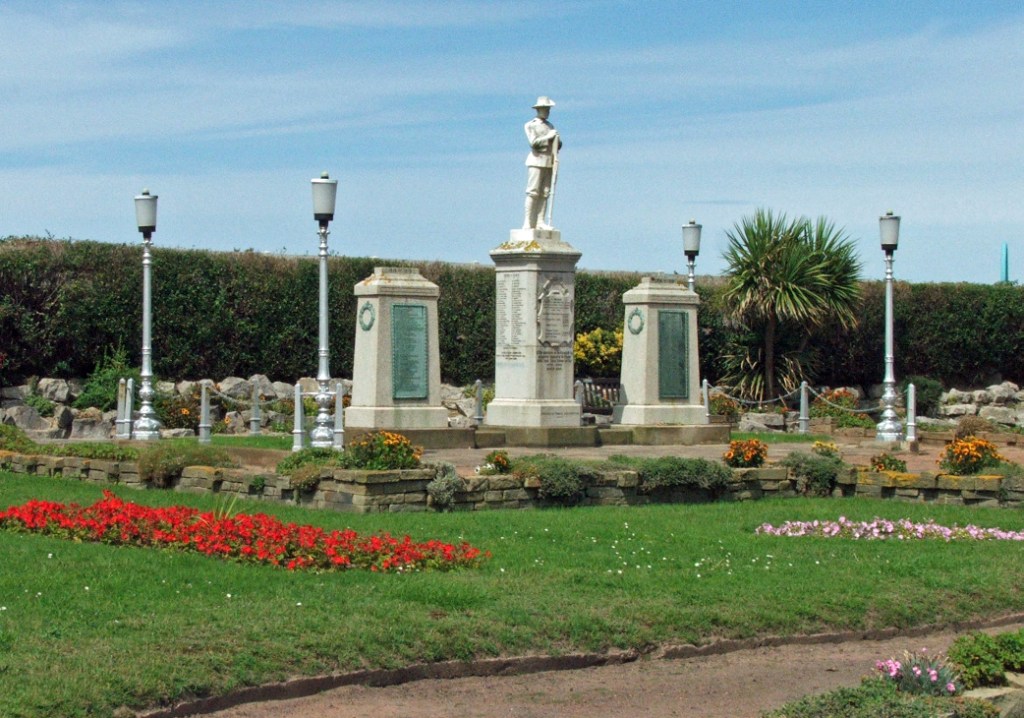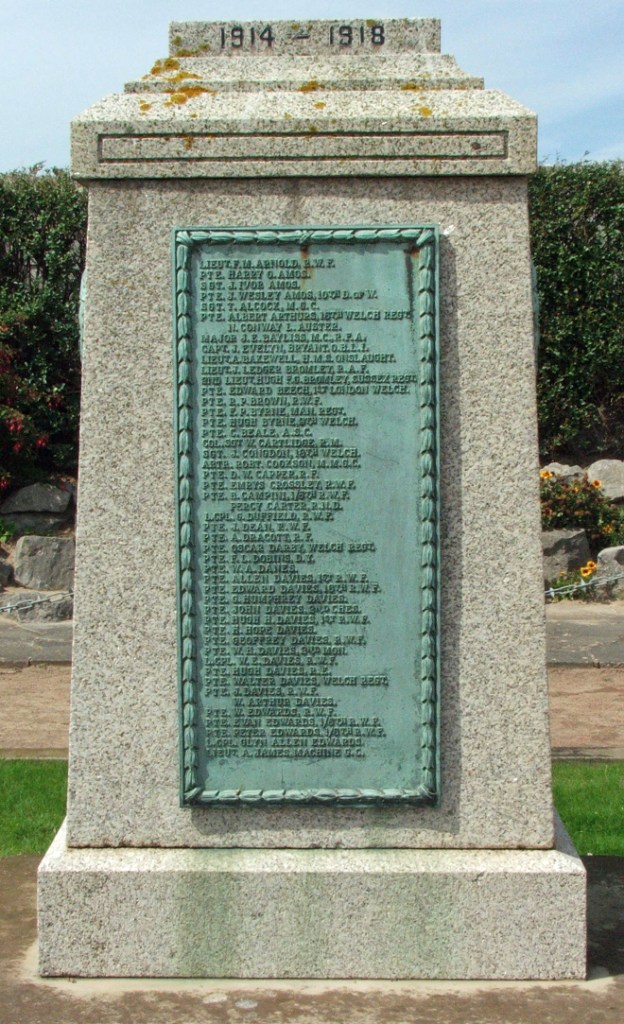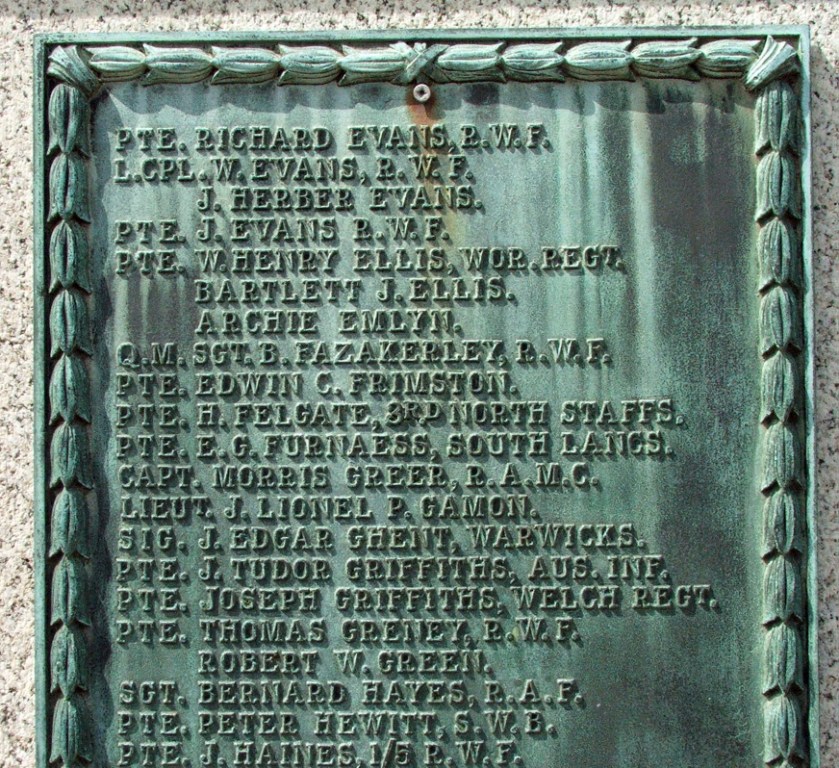
FELGATE, HENRY or HERBERT ("Harry")

Photograph with kind permission from the Uttoxeter Advertiser
|
|
Source |
||||
|
CWGC |
SDGW |
Uttoxeter Advertiser |
Other |
||
|
Parents |
Henry and Ellen Felgate, of 3 Church Street, Uttoxeter. |
Yes |
|
|
|
|
Mr. H. Felgate |
|
|
|
3 |
|
|
Where born |
Uttoxeter |
|
Yes |
|
3 |
|
When born |
About 1892 |
|
|
|
5 |
|
Address |
Rhyl, Flintshire |
|
Yes |
|
3 |
|
Lately resident with his mother at Church Street, Uttoxeter |
|
|
|
3 |
|
|
Father: Church Street, Uttoxeter |
|
|
|
3 |
|
|
3, Church Street, Uttoxeter (parents) |
Yes |
|
|
|
|
|
Spouse |
|
|
|
|
|
|
Children |
|
|
|
|
|
|
Employment Before Joining up |
Uttoxeter Post Office |
|
|
6d |
|
|
Where enlisted |
Uttoxeter |
|
Yes |
|
3 |
|
Regiment |
North Staffordshire (Prince of Wales’s) |
Yes |
Yes |
6a, 6d |
|
|
Unit |
1st Bn. |
Yes |
Yes |
6d |
3 |
|
Rank |
Private |
Yes |
Yes |
6b, 6d, 6f, 6g, 6h |
3 |
|
Service Number |
15689 |
Yes |
Yes |
|
3 |
|
Date of Death |
2 May 1916 |
Yes |
Yes |
6d, 6f, 6g, 6h |
|
|
30th April 1916 |
|
|
Roll of Honour |
|
|
|
Went missing night of 29/30 April 1916 |
|
|
|
Letter from the Captain of his Company |
|
|
Age at time of death |
24 |
Yes |
|
|
|
|
Where Killed or died |
Pas de Calais - Wolverghem |
|
|
|
|
|
France/Flanders |
|
|
6f |
|
|
|
How he died |
Died of wounds |
|
Yes |
6d, 6f, 6g, 6h |
3 |
|
Location of Grave or Memorial |
Bousbecque Communal Cemetery in the Grave facing the war memorial |
Yes |
|
|
|
|
Uttoxeter Town War Memorial |
|
|
|
3 |
|
|
Rhyl War Memorial |
|
|
|
|
|
|
Awards |
Receiving additional pay for special work which he was performing |
|
|
6d |
|
|
3 Church Street, Uttoxeter, where his family lived, is the house to the left of the white house in these pictures |
|
|
|
|
Harry’s appears under different names in different databases. Most databases agree that his name was Henry, but the Magic Attic’s resource database lists him as Herbert.
Before the war he was employed at Uttoxeter Post Office6d, and was a young man who was held in high esteem for his upright character6d. He lived with his mother in Church Street6d and was her only son6d.
He joined the North Staffordshire Regiment in November 19146a and was 'receiving additional pay for special work which he was performing', and 'was a general favourite with his colleagues'.
At the end of April 1916 his parents were notified that he had been seriously wounded3, 6b. At this time he had been on service abroad for some months6b.
At the end of May the Uttoxeter Advertiser reported that disquieting news had been received concerning his fate6c. His parents had contacted his commanding officer, asking for news of his whereabouts, and the Uttoxeter Advertiser6c quoted an extract from a letter which they had received:
“I am sorry to inform you that to the best of our belief he must be a prisoner. On the night of 29th/30th April the Germans attacked our trench with gas and bombs. Poor Felgate was in the bay where the Germans came over, and most of, if not all, the men in that bay, and the others close to it, were either killed or wounded. The bodies of all the others were found, and those not killed were traced to various dressing-stations or hospitals, but unfortunately nothing has been heard of Felgate, and so there is only one consolation to come to – that is, that he was taken away as prisoner. I know this is small comfort, but it is something to know that in all probability, if that is so, he is alive.
“Felgate was wounded very slightly on the 16th, went to field ambulance, and rejoined on April 20. I am sorry not to be able to throw more light on the matter, but Pte. Felgate was the only man whom we have been unable to trace after that fight. He was hit in the trench, and the Germans would not have taken him away unless he was alive. We are all extremely sorry for him and his relatives to think that he is a prisoner, and that he will be having a very thin time. Will you please convey our sympathies to them?”
In June 1916 his parents received official notification of his death. The Uttoxeter Advertiser published an obituary6d. It stated that he had died of wounds received in action on 2nd May6d. It also said that he had been receiving additional pay for special work that he was performing6d.
We asked the curator of the Staffordshire Regiment Museum what this special work might have been, and were told that it was most likely to have involved using a trade that he had learnt in civilian life. Perhaps he was clerking?
His obituary6d also said that he was a general favourite with his comrades.
On 5th May 1916 the Uttoxeter Advertiser published an acknowledgement of sympathy6e.
|
|
His parents bought this plate and displayed it in their home in his memory:
|
The dedication reads as follows:
Sleep On
Sleep on my Brothers
You were England’s pride and Glory,
Exhausted you fell down upon the way.
Your peaceful slumber shall not be disturbed here
By lamentations, till the dawn of that Eternal Day,
When at Our Father’s bidding, you shall rise refreshed there
On Yonder Shore, surrounded by the ones you loved so well,
Who now are left to weep and mourn their loss so grievous,
And murmur midst their tears, for Home and Land he fell.
The following memorial notices were all posted in the Uttoxeter Advertiser to mark the anniversaries of his death:
|
This was posted in 19176f, on the first anniversary of his death |
FELGATE. – In Loving Memory of Pte. Henry Felgate, of Uttoxeter, who died in France on May 2, 1916, as the result of wounds received in action. If we could have raised his dying head, Or heard his last farewell, It would not have been so hard to part With one we loved so well. From his loving Mother and Sisters.
|
|
This followed in 19186g |
In Memoriam. FELGATE. – In Loving Memory of Pte. Henry Felgate, who died of wounds on May 2, 1916. No one knows the parting, Or what the parting cost; But God in His great mercy Has gained what he has lost. “May his reward be as great as his sacrifice.” |
|
This notice was posted at the end of April 19196h to mark the third anniversary of his death |
|
|
Harry is commemorated on the Rhyl War Memorial:
|
|
 |
|
 |
|
 |
|
 |
 |
 |
|